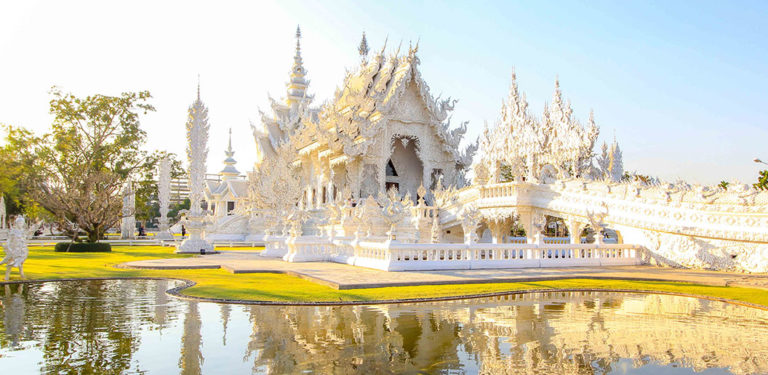Eight hundred sixty kilometres north of Bangkok, you’ll find Thailand’s northernmost major city, Chiang Rai. With approximately 560,000 people and growing, this city should certainly land high on your holiday destination list.
Chiang Rai’s roots go back to 1262 when it was founded by King Mangrai, who made it the capital of his Mangrai Dynasty. However, Chiang Rai’s future wasn’t always bright as Burma conquered it and it remained under Burmese rule for several hundred years.
In 1786 Chiang Rai became a Chiang Mai vassal. Siam, as the country was known before its name change to Thailand, annexed Chiang Mai in 1899, and Chiang Rai was proclaimed a province of Thailand in 1933.
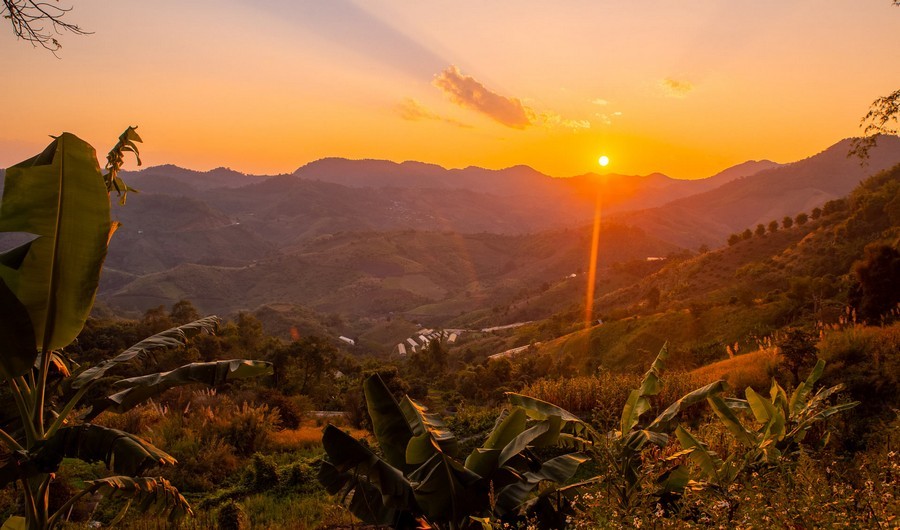
One of the more famous stories about Chiang Rai took place in 1432, during the reign of King Sam Fang Kaen of the Mangrai Dynasty (1402–1441). The Phra Kaeo, or Emerald Buddha, a most revered Buddha statue, was discovered in Chiang Rai when an earthquake split the chedi at Wat Phra Kaeo. The beautiful jade figure was then seen concealed within. Another telling of the tale has the “Emerald Buddha” hastily covered in mud just before marauders entered to pillage. Many years later, the clunky-looking mud Buddha was found actually to house a magnificent jade statue. Perhaps by way of the earthquake mentioned above—a piece of the clay Buddha broke off—revealing the jade beneath.
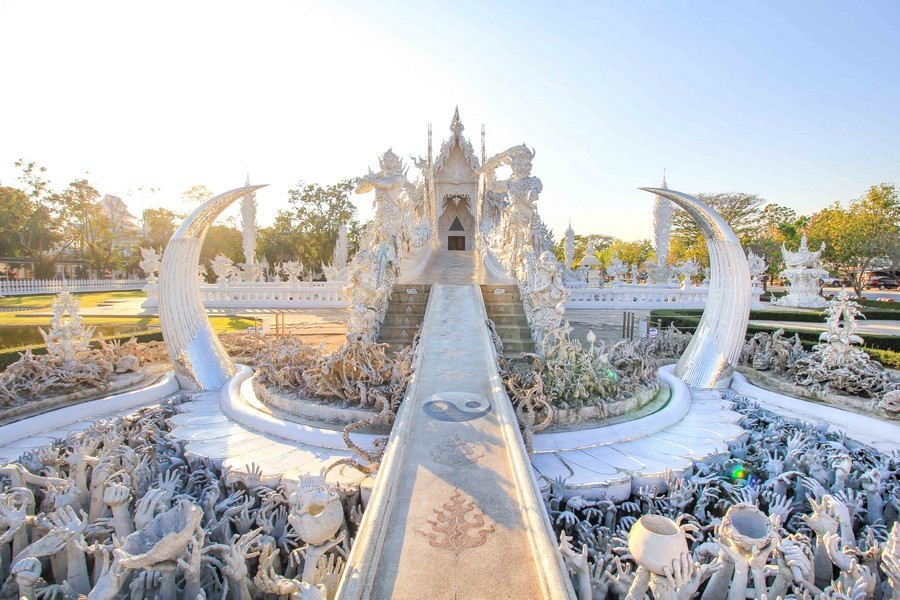
As with all cities in Thailand, Temples (Wat’s) play an essential role, and a few should definitely be visited. Wat Rong Khun could be the city’s icon. Designed and built by Ajarn Chalermchai Kositpipat, the temple stands out from all the others with its exquisite white architecture.
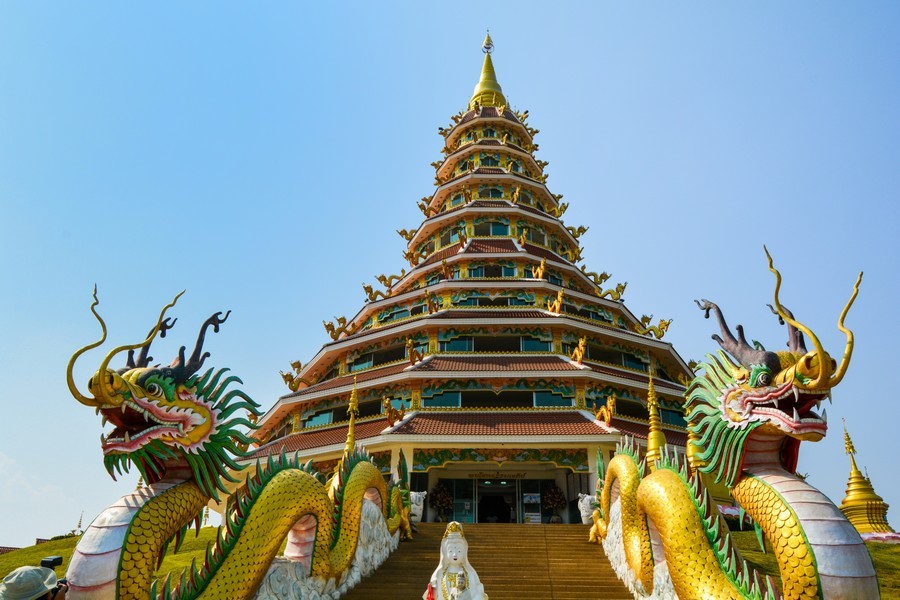
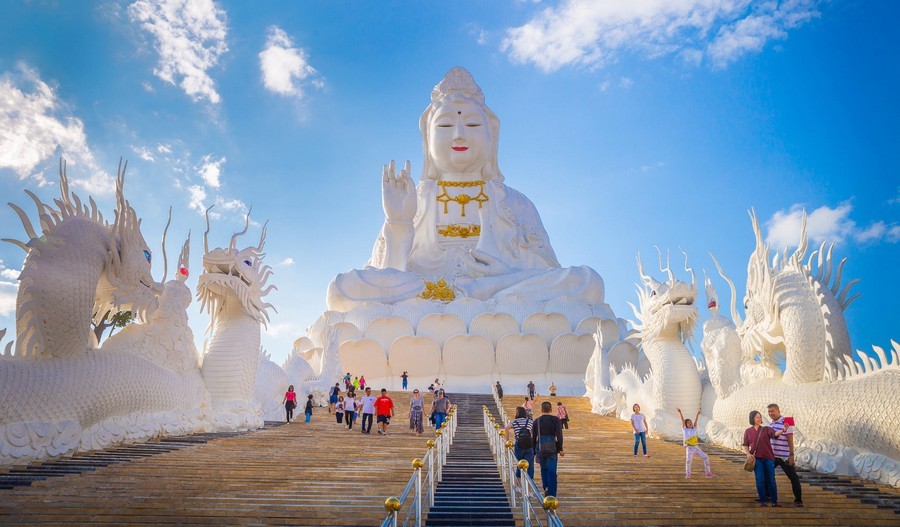
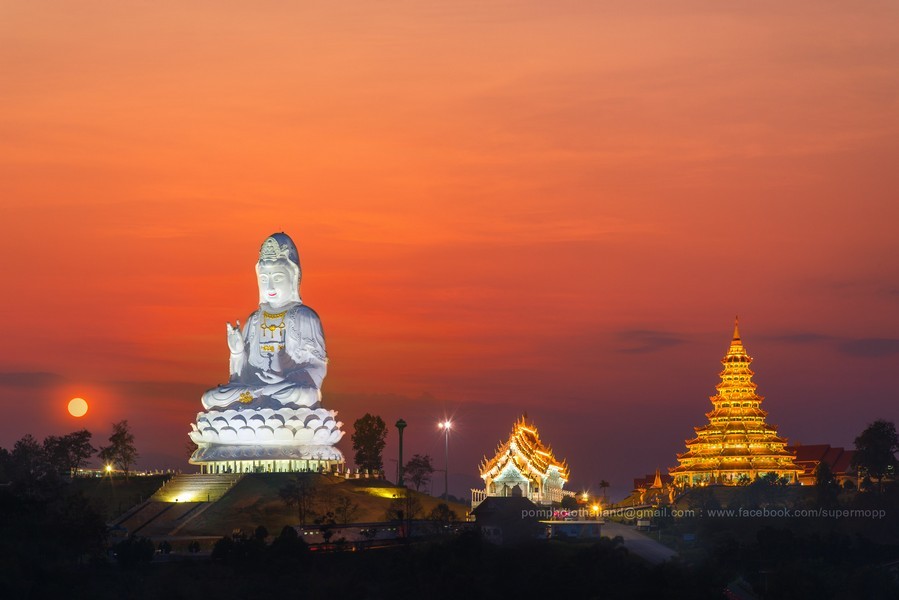
Another temple worth visiting is Wat Huai Pla Kang, which was first established as a pastoral residence. In 2005, a monk named Phra Achan Phop ChokThitsawangso arrived at the temple for Dharma practice. At the time, the temple looked much different than it does today. It’s popularity grew when people started to believe that Phra Achan Phop Chok could foretell the future. Over time, many Thais came to see him and found his fortunetelling to come true. Because of this special ability, he became well-known across the country. Today, the temple’s stupa houses the statue of a carved wood Guan Yin (goddess of compassion) on the first floor. In addition, each floor has a designated Buddha image.
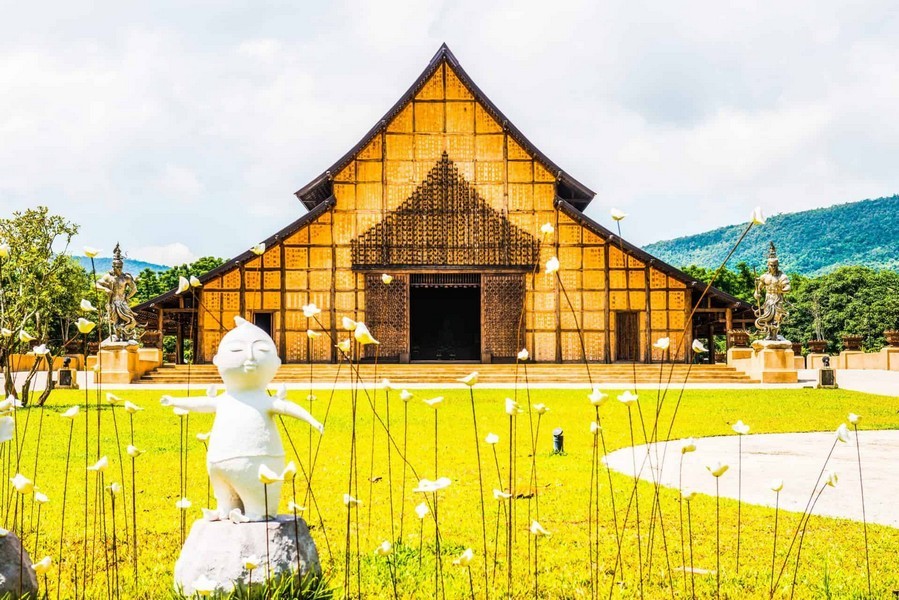
Another well-known monk is Phra Maha Wutthichai Wachira Methi. He is a writer, preacher and social thinker. In 2009 he opened his Rai Chuen Tawan Meditation Centre which has become internationally famous. The meditation centre covers an area of more than 170 rai and sits adjacent to paddy fields on the north, with the Huai Sak Reservoir to the south and east. Ideal for those perfect selfies.
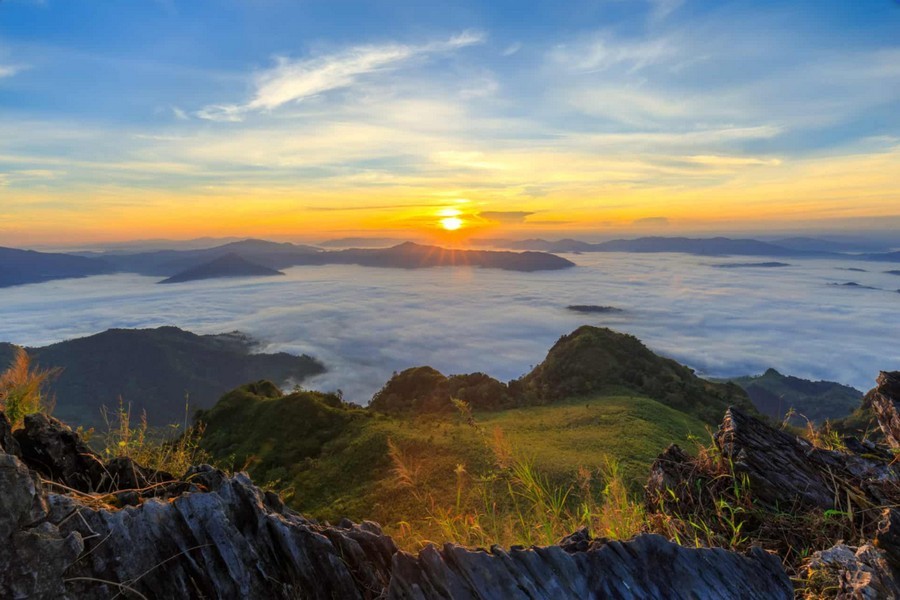
When you think of Thailand, “cold mist” isn’t probably top of mind. For that reason, it’s worth getting up with the chickens to view the sunrise over the Mekong and take in the sea of mist at Doi Pha Tang. It’s a bit of a drive, at 160 kilometres from Chiang Rai’s town centre, but it offers some jaw-dropping scenery. There aren’t many Westerners, or visitors for that matter, who come here. Because of that, this attraction has maintained its pristine natural beauty. It’s quiet and serene throughout the year, plus you get to see some of the best views in all of Thailand.
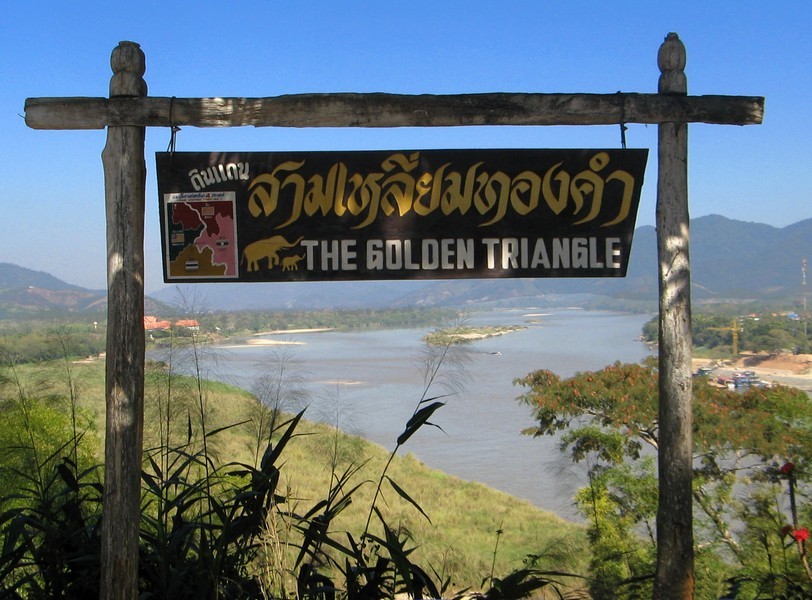
You’ve more than likely heard of the “Golden Triangle.” The name Golden Triangle was actually coined by America’s Central Intelligence Agency and refers to the approximately 950,000 square kilometres that overlap the mountains of the three adjacent countries. It is the area where the borders of Thailand, Laos, and Myanmar meet at the confluence of the Ruak and Mekong rivers. Chiang Rai is the Thai part of the triangle, and it is a popular tour.
Most of the world’s heroin came from the Golden Triangle until the early 21st century, when Afghanistan became the world’s largest producer. Opium production in Myanmar was the world’s second-largest source; however, it has been declining year on year since 2015.
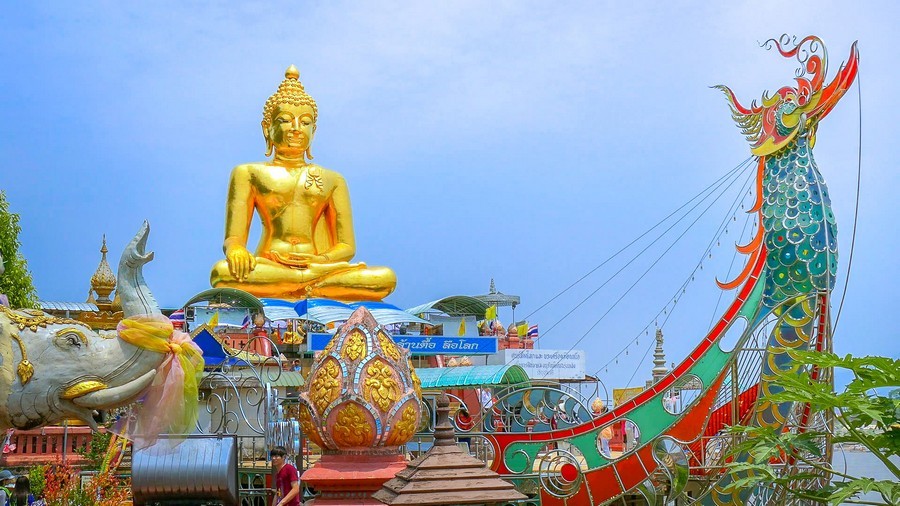
Route 1 in Bangkok will take you all the way to Chiang Rai. It runs from Bangkok through Chiang Rai to Mae Sai on the Burma border. By car or bus, you are looking at about 14 hours. According to official bus schedules, the bus ride to Chiang Rai from Chiang Mai takes approximately 3 hours and 30 minutes. All of these times should take into account the rainy season, which lasts from about June to late October. The rains can severely inhibit travel, with road sections often completely flooded and even washed out.
Several flights are available to and from Bangkok daily. Major operators include Thai Airways, Air Asia, and Nok Air. Mae Fah Luang International Airport flight time is about 1 hour and 30 minutes.
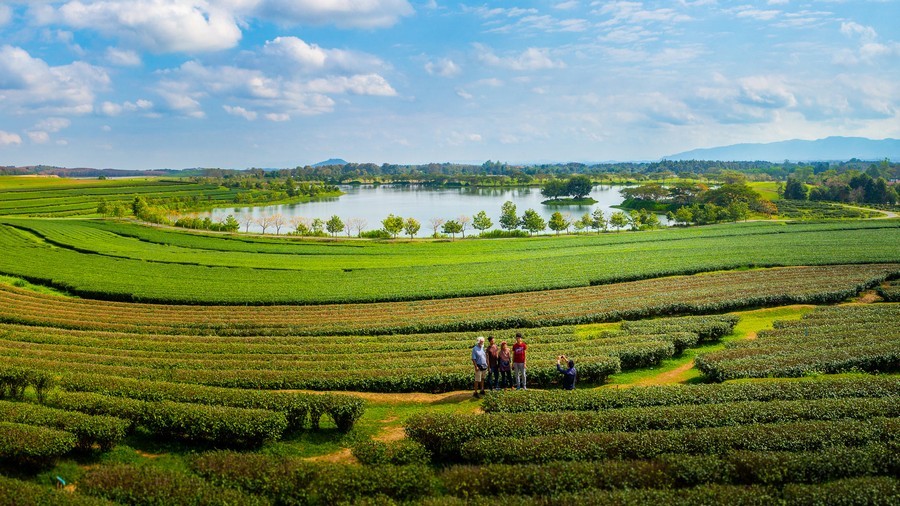
There is a scheduled boat service between Chiang Rai and Thaton in Chiang Mai Province daily. This journey will last about 3–4 hours and is a pleasant alternative to the bus ride through the mountains.
Of course, due to Covid, you will want to check with all carriers to confirm their current schedules.
While Thailand’s second-largest city, Chiang Mai, gets much more press, journeying a little further north to Chiang Rai is definitely worth the effort, and you will be rewarded accordingly.


